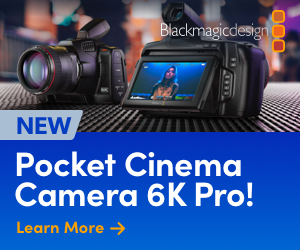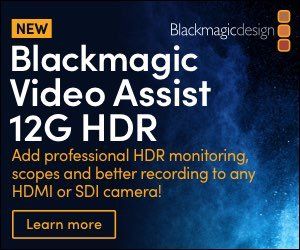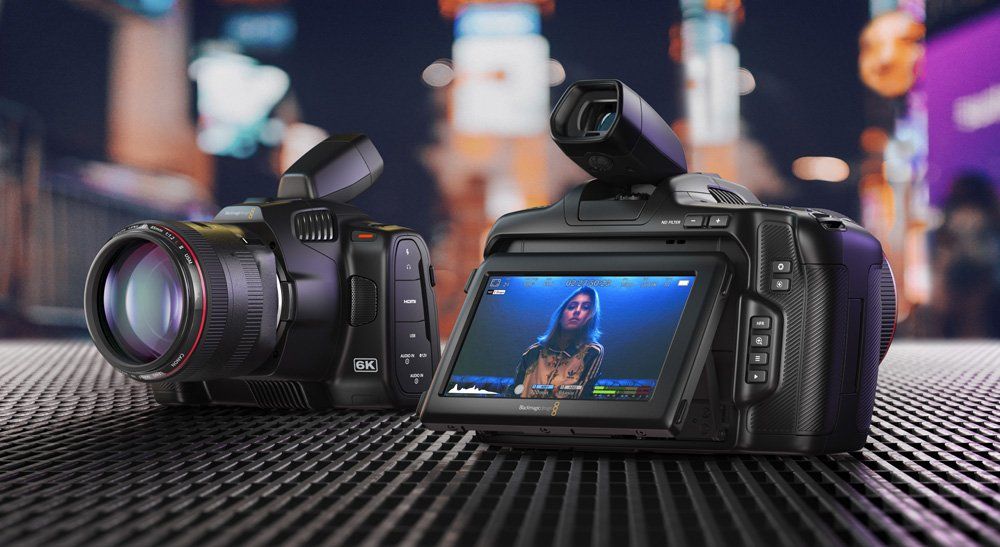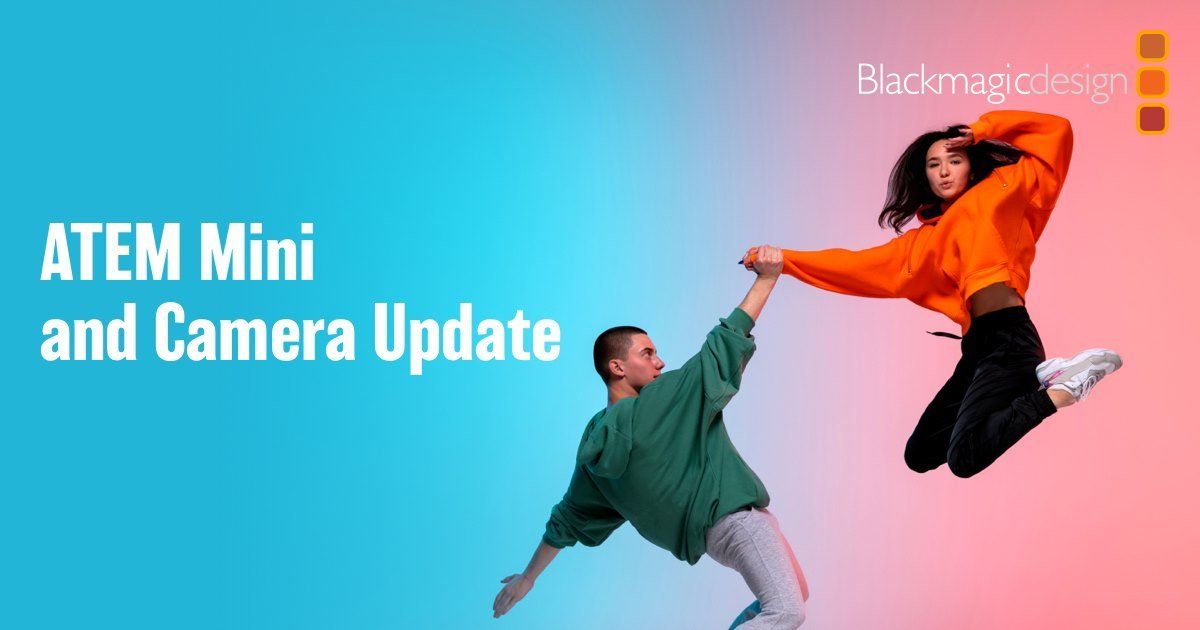Indie Filmmaking: Creating Artificial Sunlight
District Digital Creatives • November 22, 2019
rePOST: Aputure lighting
As a filmmaker, you are clearly going to shoot plenty of scenes on sunny days. Sometimes the sunlight can really help the look of a shot, and natural light can be really beautiful. But when the sun isn’t working exactly the way you want it, you need to know how to use artificial light to act as sunlight. Knowing how to control the natural sunlight and place lights to fake your own sunlight will help you make the most of your daylight scenes. Today, director of photography Carissa Dorson walks us through how to recreate sunlight for a day interior scene that could fit into a mystery or drama film.
In this video, Carissa shows us the steps she takes when recreating sunlight indoors.
First, she shoots a master shot that follows the character as she walks through the room. For these scene she uses multiple lights to create the textures of sunlight. Next, she shoots a wide shot facing the window that creates a silhouette of the character. This establishes the space and shows the direct sunlight. Lastly, she shoots a medium close up of the character reacting to something in the scene. The tighter shot allows her to fine tune the lighting.
The main techniques we will be discussing today are light quality, color temperature, and negative fill. Light quality refers to whether a light is hard or soft. Since the sunlight is a hard light source, we used hard lighting in the scene to make it feel like sunlight. Color temperature refers to how warm or cool a light source is. Outside during the day the light is more blue, so it’s important to have your lights match that. Negative fill is a technique for using black fabric to take away light in a scene. When working with natural light, it can be more useful to take away light rather than to add light.
At the end of the day, lighting a scene using sunlight is all about realism. If the natural light in the environment is what feels the most real to you, then use that. If adding a single light and a lot of negative fill feels the most real, then use that. The lighting is dependent on the scene itself, and should not take away from the scene. Ultimately the best lighting is whatever tells the story the best.
Connect with Valentina: https://www.twitter.com/valentinavee
Connect with Carisa: https://www.instagram.com/cldorson/
Connect with Catarina: https://www.instagram.com/iamcatarina...
Want more free lighting and cinematography tutorials? Subscribe to us so you never miss an episode: https://goo.gl/QwazdM
🎥How to Light the Cinematic Film Look!
https://youtu.be/oy2wGhuVqoY
LATEST NEWS

Our friend David K Helmly Sr. has created a series of videos to help optimize you optimize the Adobe Video Apps.
"Chapter 1: Dave discusses System Specs for Premiere Pro and AfterEffects - Understanding Minimum vs recommended specs and why. Note - This is talk track over a slide show and consists of 5 videos in the series."


























